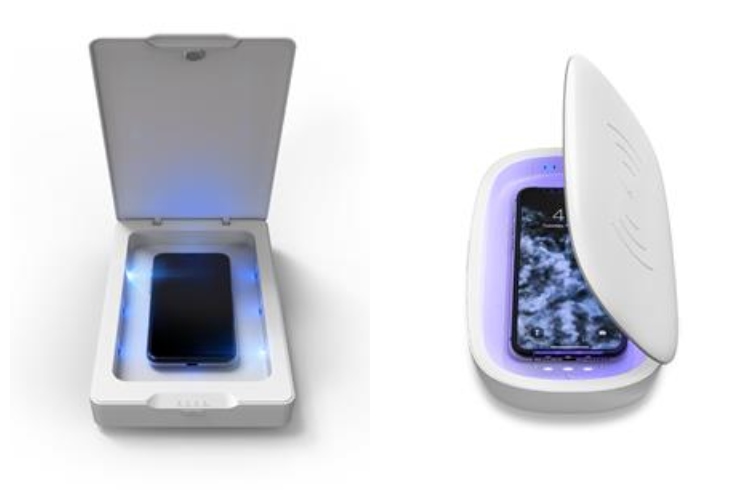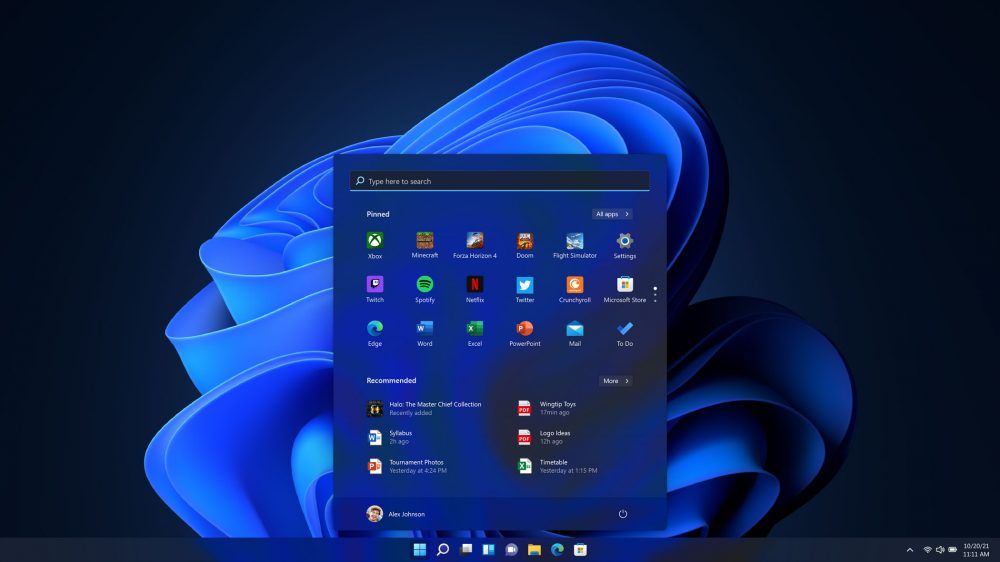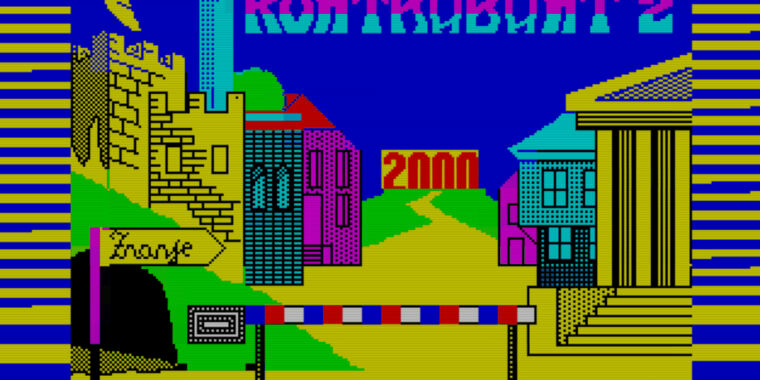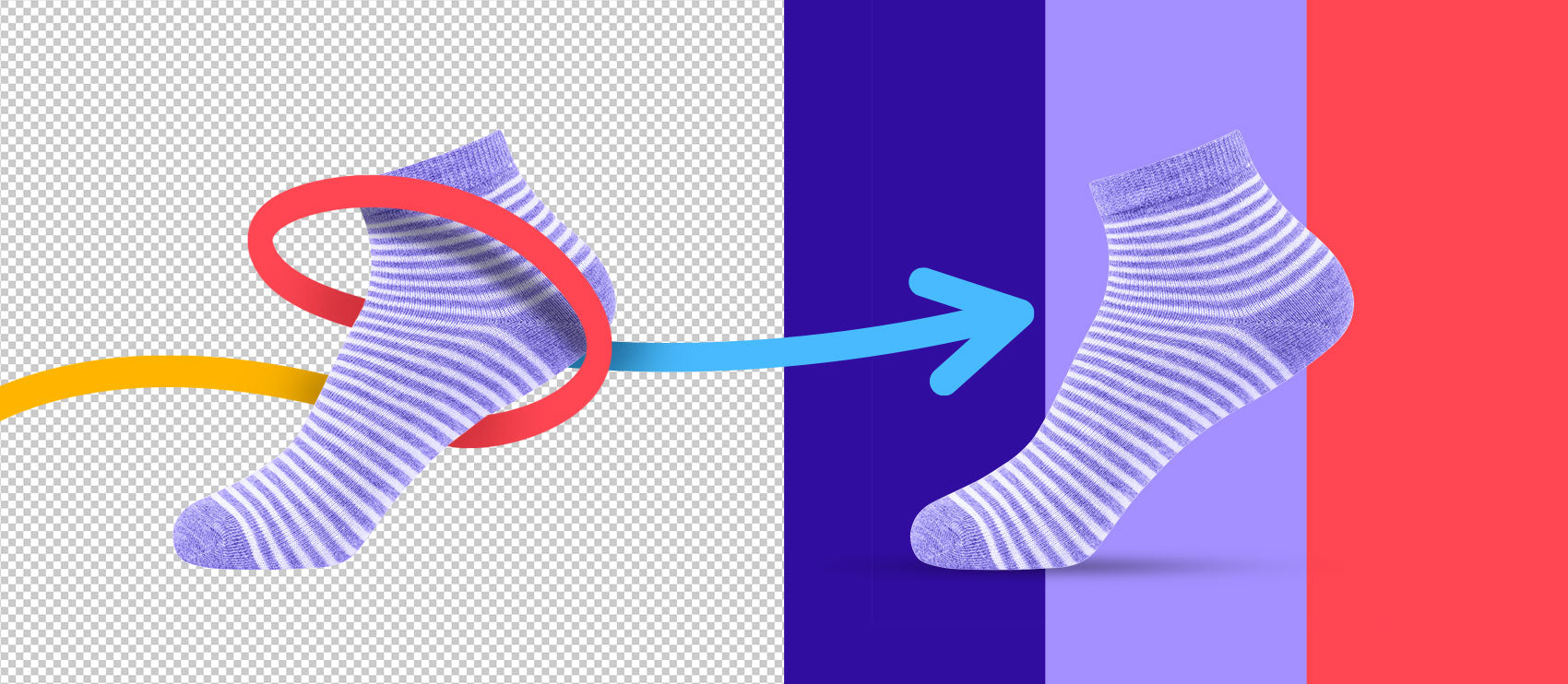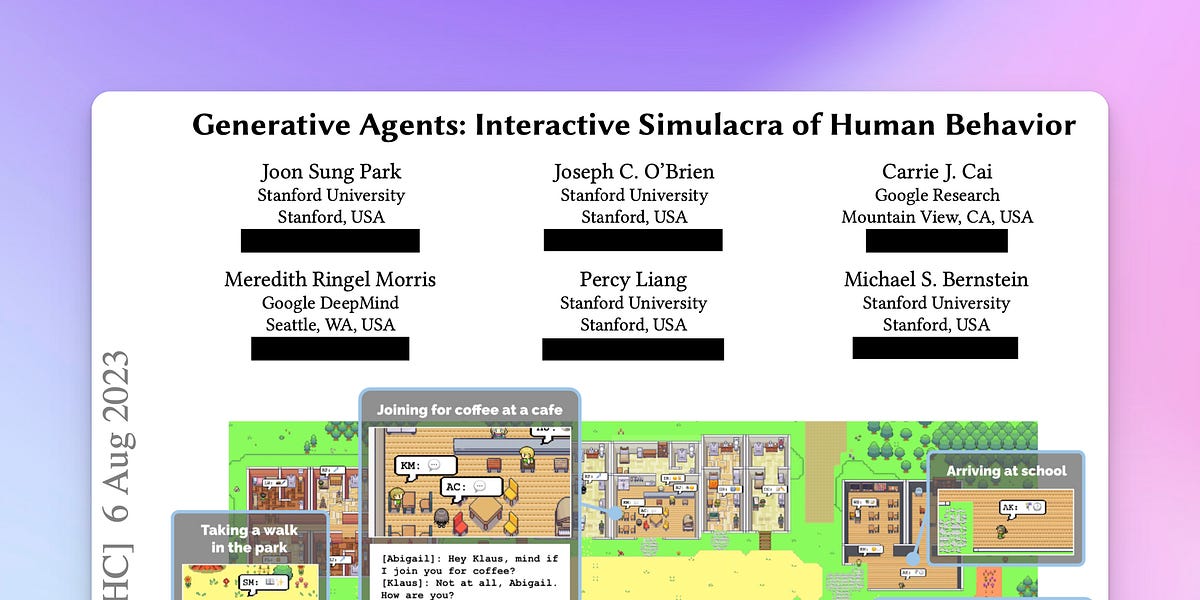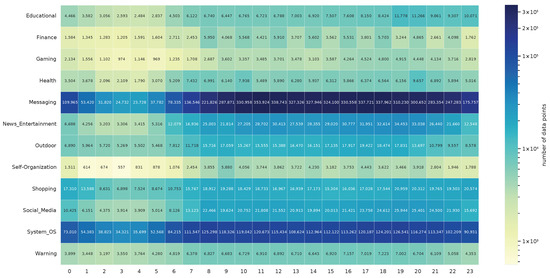
Call to Action: Investigating Interaction Delay in Smartphone Notifications
Abstract: Notifications are an essential part of the user experience on smart mobile devices. While some apps have to notify users immediately after an event occurs, others can schedule notifications strategically to notify them only on opportune moments. This tailoring allows apps to shorten the users’ interaction delay. In this paper, we present the results of a comprehensive study that identified the factors that influence users’ interaction delay to their smartphone notifications. We analyzed almost 10 million notifications collected in-the-wild from 922 users and computed their response times with regard to their demographics, their Big Five personality trait scores and the device’s charging state. Depending on the app category, the following tendencies can be identified over the course of the day: Most notifications were logged in late morning and late afternoon. This number decreases in the evening, between 8 p.m. and 11 p.m., and at the same time exhibits the lowest average interaction delays at daytime. We also found that the user’s sex and age is significantly associated with the response time. Based on the results of our study, we encourage developers to incorporate more information on the user and the executing device in their notification strategy to notify users more effectively. Keywords: notification; call to action; response time; HCI; mobile computing
Stach, M.; Mulansky, L.; Reichert, M.; Pryss, R.; Beierle, F. Call to Action: Investigating Interaction Delay in Smartphone Notifications. Sensors 2024, 24, 2612. https://doi.org/10.3390/s24082612





